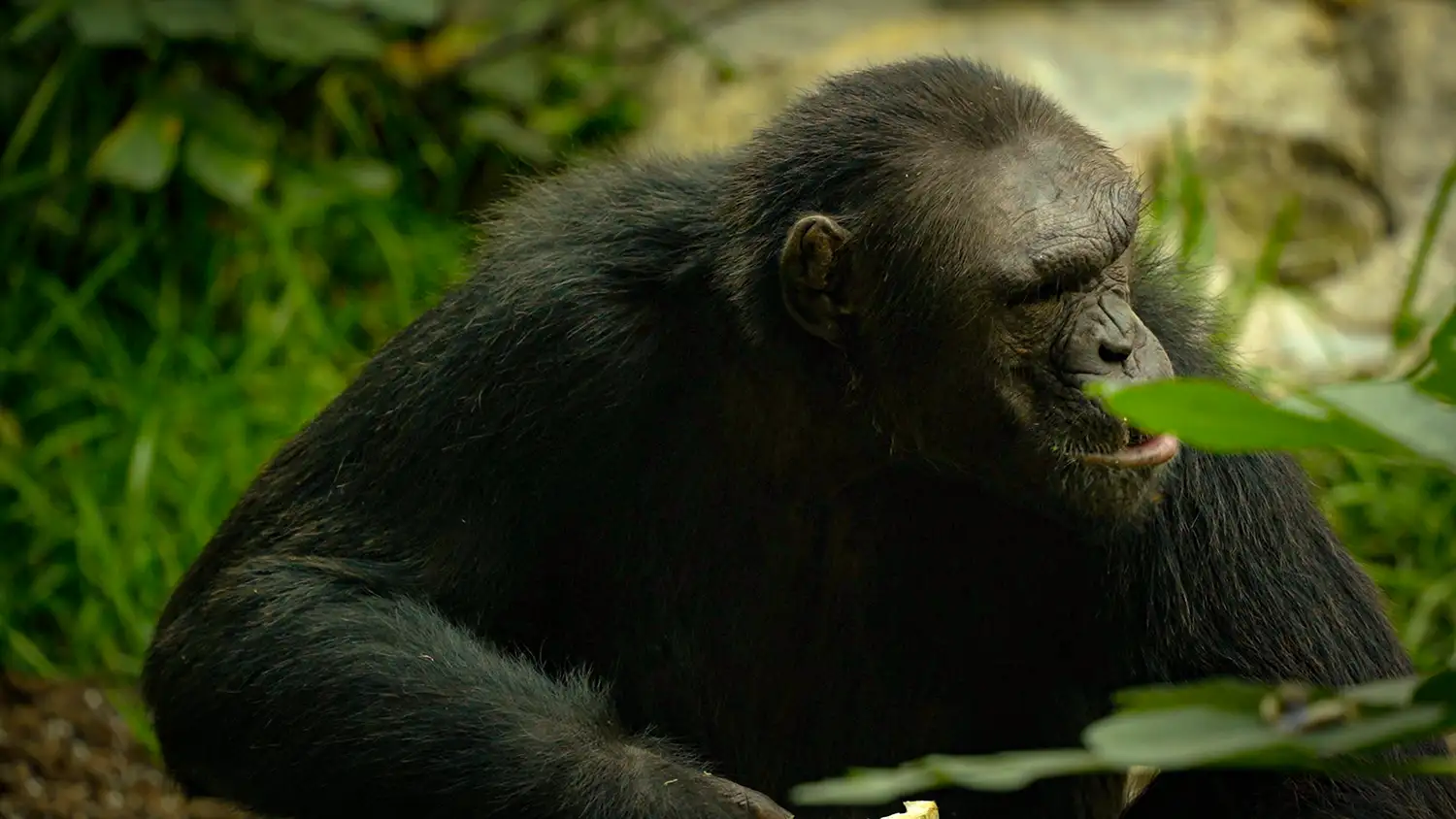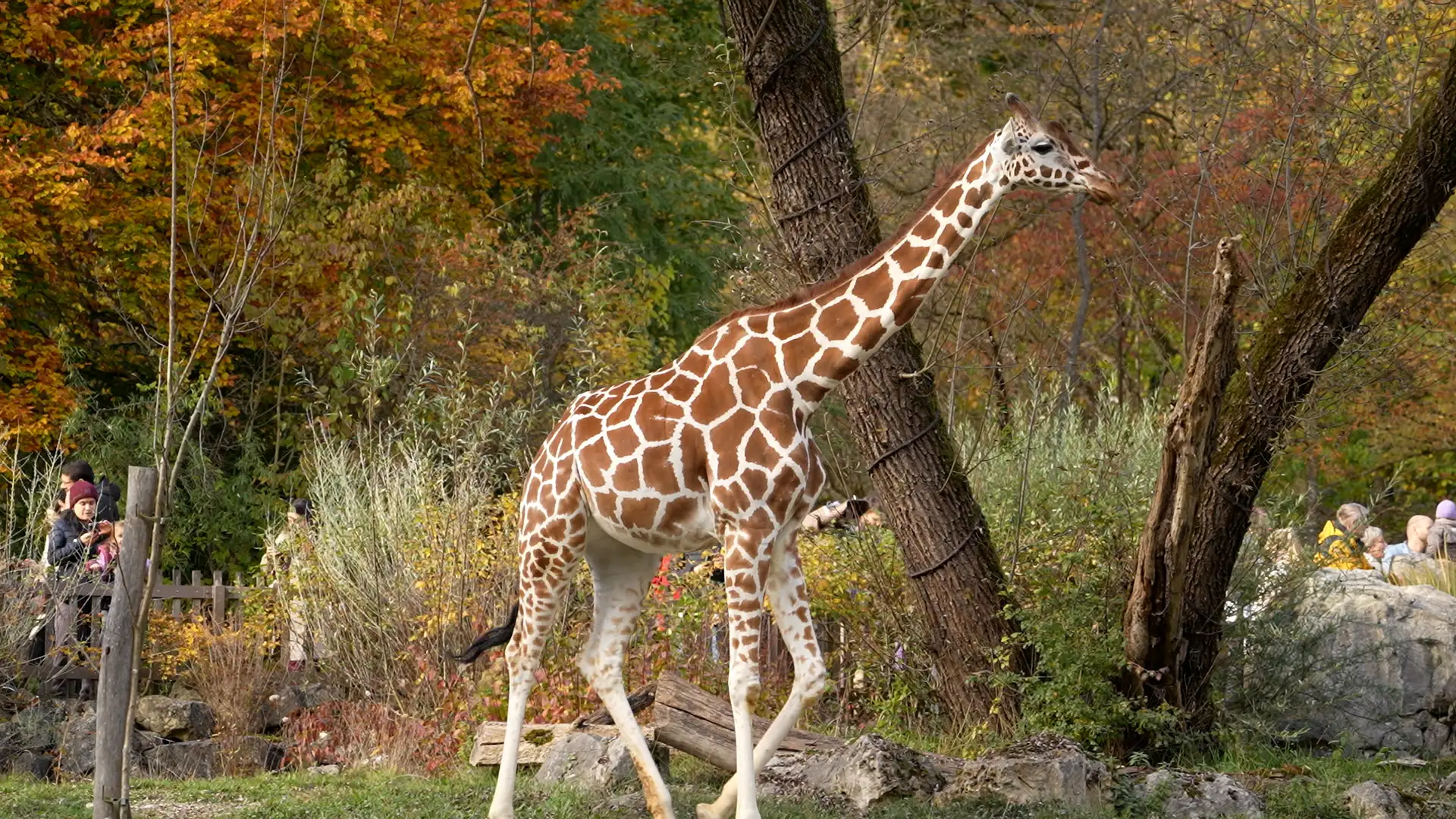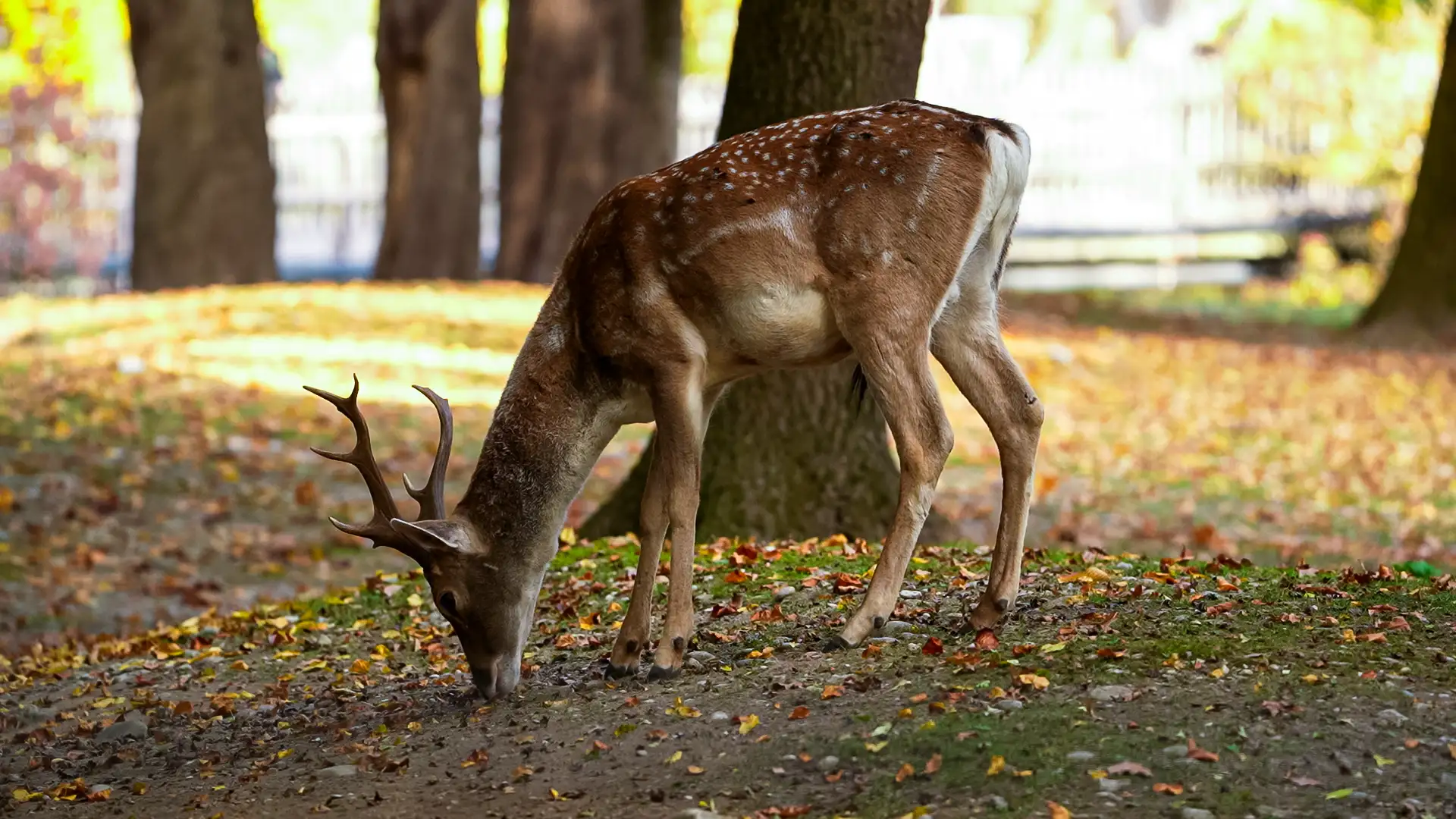The Wild Side of Munich: A Visit to Hellabrunn Zoo
- Mojtaba Parvaneh

- 1 day ago
- 4 min read

There are some weekends that stay with you longer than others. A few weeks ago, when the air in Munich was still mild and the autumn leaves had just started turning gold, I visited Hellabrunn Zoo, one of the city’s most beloved family destinations. The warm light, the quiet riverside air, and the gentle movement of the trees created a perfect setting to explore one of Munich’s most unique cultural and natural spaces.
A Walk That Begins Before the Gate
Founded in 1911, Hellabrunn is recognized as the world’s first “geo-zoo”: animals are grouped according to their natural geographical habitats rather than by category. The zoo sits along the Isar River in Thalkirchen, just 20–25 minutes from Munich’s Hauptbahnhof, easily reached by U3 → Thalkirchen (Tierpark) and a short walk. I followed Google Maps, as we all do, but the path it suggested wasn’t quite right. At some point I stopped, looked around, and did the human thing again—asked people.
It turns out, sometimes the easiest way to find a place is simply to walk in the same direction as the families pushing strollers.
Today, Hellabrunn is home to around 500 species, ranging from African savannah wildlife to Arctic inhabitants, rainforest primates, and native European species. It is a place designed not only for observation, but for learning, exploration, and connection.
The Atmosphere That Meets You First
The first thing that caught my attention was how clean and open the environment felt. Except for naturally enclosed indoor habitats (like some nocturnal or aquatic sections), there was no unpleasant smell, no overcrowded areas, no sense of confinement or stress. Compared to zoos I’ve visited in other countries—including Iran—Hellabrunn felt thoughtfully designed, spacious, and deeply connected to nature.
The presence of cafés, resting areas, and playgrounds for children throughout the park also makes it a very family-friendly space. It’s a place where both adults and children can move slowly, explore, and spend time, not just look and leave.
Moments With the Animals
The Western lowland gorilla sat calmly, one hand resting on a rope net, observing the movement around him with a quiet awareness. His stillness carried a kind of dignity.
The giraffes fed from large baskets suspended high on wooden beams, encouraging them to stretch upward the way they would in the wild.
A large group of flamingos stood in shallow water, pale pink feathers reflecting softly in the surface.
A small meerkat stood upright—alert, delicate, almost curious about the camera pointed at him.
A fallow deer grazed slowly under the shade of tall trees, fallen leaves forming a gentle carpet around it.
A polar bear slept peacefully, head tucked into its arm, as if the world around him was completely safe.
A snowy owl watched silently from a branch—still, bright-eyed, and aware.
A young Asian elephant explored its enclosure, large but playful in its movements.
And a kangaroo lay on its back, relaxed in a very familiar, almost human way.
At the water’s edge, a pelican stretched its wings wide in the cool air, owning its space with quiet confidence.

A Note About Timing
I visited in the early afternoon, and many of the predators and large mammals such as lions, wolves, and the polar bear, were resting or asleep. For visitors who hope to see more activity, morning feeding times may be better. I also recommends allowing at least three hours to explore comfortably, especially if you want to move slowly and see most of the animals.
Conservation Work and Responsibility
According to information provided by Hellabrunn’s communication office, the zoo is actively involved in international conservation programs, particularly within the European Endangered Species Program (EEP). One of their most important projects focuses on the drill (Mandrillus leucophaeus), a highly endangered primate species from West Africa. Hellabrunn coordinates the International Studbook for this species and supports protection efforts in its natural habitat.
Their conservation strategy follows the One Plan Approach, meaning they work simultaneously inside the zoo (ex situ) and in natural environments (in situ), to support real long-term survival, not just captivity-based preservation.
Supporting a Life, Even From Far Away
Hellabrunn offers an animal sponsorship program where individuals or companies can contribute financially to the care and wellbeing of the animals. The support does not go to one single animal but helps maintain husbandry, enrichment, and conservation work. Sponsors receive a certificate and photo, and if they wish, their name can be displayed near the enclosure.
Volunteering & Careers
For those who feel a deeper connection, Hellabrunn runs a Conservation Ambassador Program, allowing volunteers to support educational activities and public outreach. For people who want to pursue animal care professionally, the zoo collaborates with the City of Munich to offer formal zookeeper training (Ausbildung), as well as internships in areas such as zoology, animal care, communication, and environmental education.
Leaving, But Not Really Gone
Hellabrunn is not just a zoo—it is a story of connection between humans, animals, and nature within a city. It is a space where silence, curiosity, and observation create understanding. My visit reminded me that sometimes the most meaningful encounters are not dramatic, they are quiet, slow, and full of detail.
For families, photographers, nature lovers, and anyone who wants a break from the city without leaving it, Hellabrunn is a place worth experiencing.









Comments